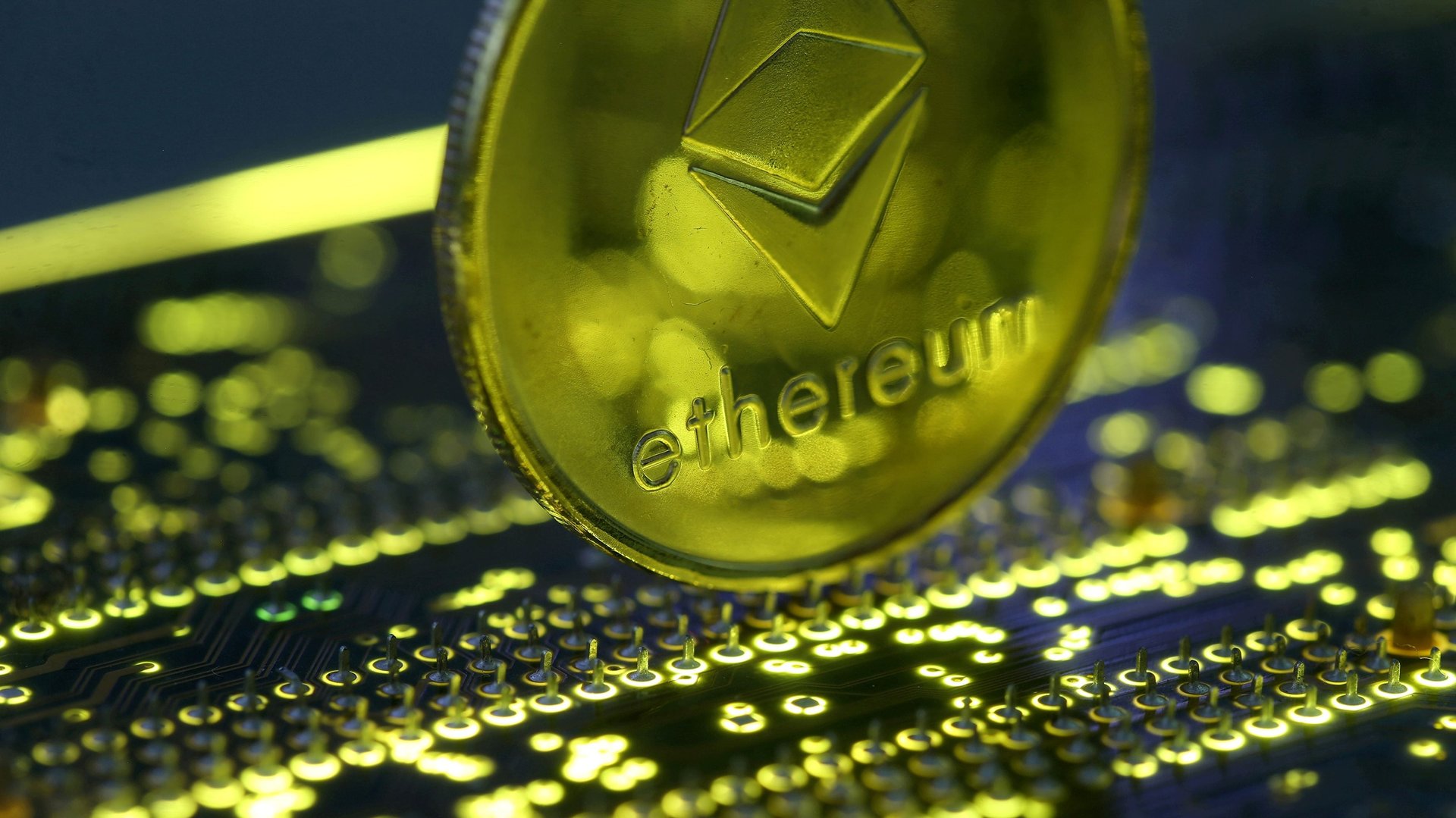How to tell the crypto hype from the crypto reality
With thousands of tokens floating around the internet, it’s not always easy to figure out whether or how to invest in cryptocurrency. Fortunately Quartz has spent years culling a firehose of crypto pitches, so we’ve learned a thing or two. And as back up, we also called crypto founder Hunter Horsley, CEO of index fund manager Bitwise Asset Management.


With thousands of tokens floating around the internet, it’s not always easy to figure out whether or how to invest in cryptocurrency. Fortunately Quartz has spent years culling a firehose of crypto pitches, so we’ve learned a thing or two. And as back up, we also called crypto founder Hunter Horsley, CEO of index fund manager Bitwise Asset Management.
Here’s a list of tips and things to watch for.
If it seems too good to be true, it probably is.
This suggestion applies to just about anything with a dollar sign attached to it—stocks, rent in Manhattan, and, yes, digital assets. Or as the UK financial watchdog puts it: While some firms promise high returns, virtual tokens tend to be high-risk, may not be regulated, and investors should be prepared to lose all their money.
Check out the management.
Do the founders have any experience in technology, finance, or computer science? Can you verify that their credentials are real?
Of course, this benchmark isn’t a sure thing—a number of the world’s most celebrated technology founders, from Stripe to ethereum to Apple, are college dropouts. Likewise, some of crypto’s most promising founders are in their late teens and come from all over the world. Horsley says some venture capital firms look for opportunities by sussing out who is ranked on social media platforms like Twitter, Telegram, or GitHub, a venue where software developers can collaborate on code.
“Crypto is pushing us all in how we think about what’s credible,” Horsley says. “A lot of the most compelling projects in crypto have just come out of nowhere. They have come from people who would be easy to dismiss.”
Check out the code.
If you’re a computer science ninja, you can check out the code itself, which is what some venture capital firms that are stocked with software engineers do, according to Horsley. (And if you’re not technical enough to understand the software—maybe that should tell you something? Go back to tip No. 1.) By going directly to the code, these investors can judge whether a founder knows their stuff by examining their programming chops while also looking for weaknesses to a hack and other coding vulnerabilities.
Find out if the token or exchange is registered with a regulator.
In the US, a token may very well be a security (a financial asset like a stock, a bond, or an option) that is supposed to be registered with the Securities and Exchange Commission. Trading platforms also have various types of licenses and registries around the world, such as New York’s BitLicense or the UK’s Financial Services Register. Jumping through those regulatory hoops is no guarantee that something is safe or will increase in value, but it at least signals that the entity is on the government watchdogs’ radar.
Where are the assets kept?
In the US securities market, financial assets are usually kept at a big, well known, and highly regulated bank like JPMorgan or Bank of New York Mellon, also known as a “custodian.” Crypto tokens, because they are built on different technology that doesn’t always allow transactions to be reversed (in the event of fraud, for example), add another wrinkle to this service. Bitwise has a short list of custodians that it has decided meet its criteria, which includes insurance and regulation, for safely holding digital assets:
- Anchorage
- Bakkt Warehouse
- BitGo
- Coinbase Custody
- Fidelity Digital Assets
- Gemeni Custody
How much is the asset trading?
Horsley says his firm looks at how often a particular token changes hands, and where it changes hands. That gives you a sense of liquidity (how easy it is to buy or sell something). It’s wise to make sure those trading volume figures are coming from a reputable place—such as a directly from an established exchange, for example, rather than a website whose methodology could be misleading (or worse).
How big is the project’s community?
Initial coin offerings (ICO) and other types of crypto projects typically have a following of enthusiasts. Are those supporters humans or bots? Are they talking about the merits of the engineering challenge or are they just hoping to pump up interest and the price?
Who owns it and how much is being created?
It can be a red flag if one or two people own almost all of a particular asset, Horsley says. Likewise, it’s useful to see if the market is being flooded with a new token, potentially swamping investor demand.
Sniffing out a promising crypto enterprise is often more art than science. When it doubt, just go back to rule No. 1: If it sounds too good to be true, then maybe it is.